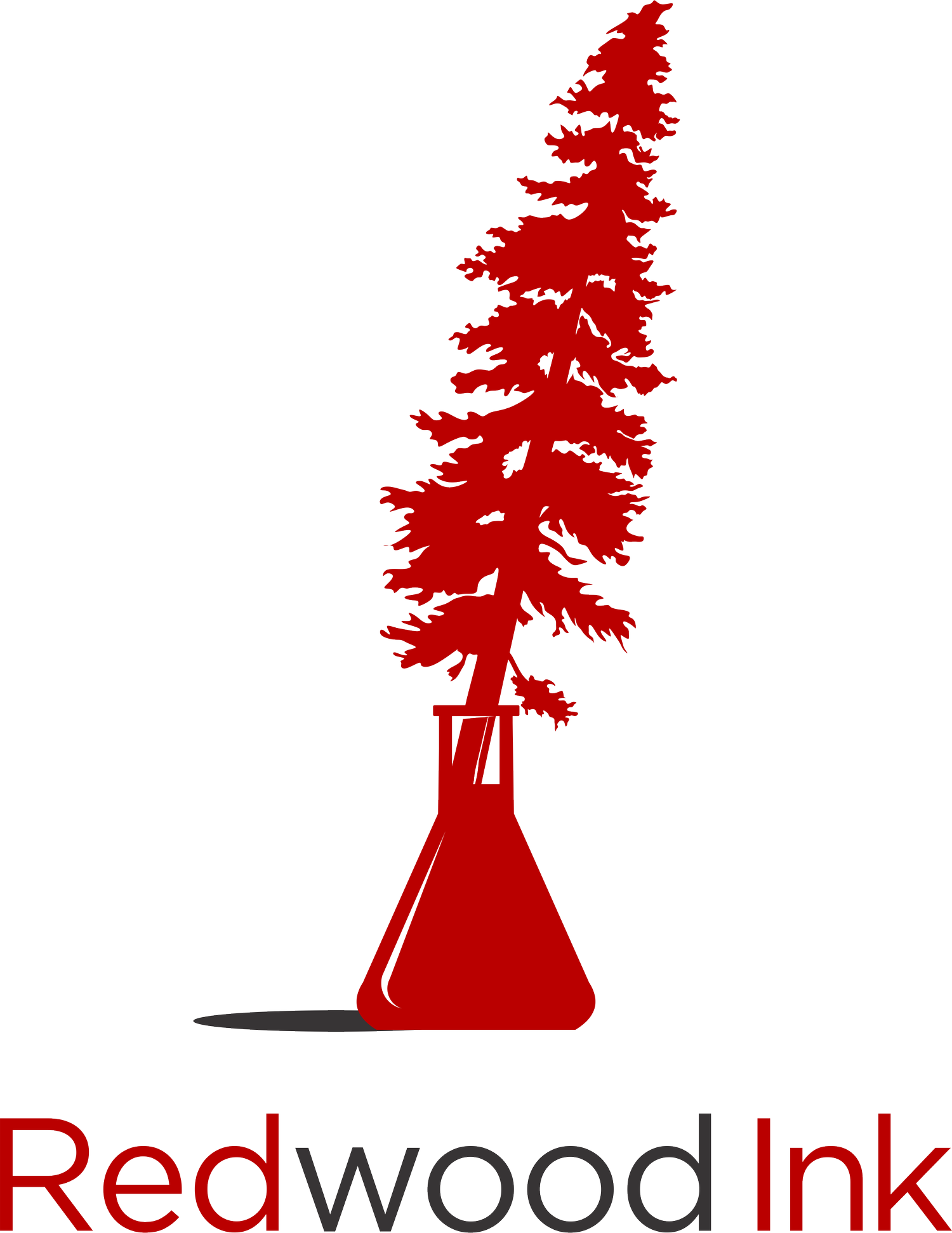The Declining Power of the Word “Novel” in Science
If you’ve read a scientific or medical manuscript, you’ve likely seen the word novel written in the text. Many authors use this word hoping to highlight the novelty and significance of their work. And some authors believe this word adds a persuasive tone to the writing.
But the word novel is losing its power and even fueling distrust in science. Why?
Because authors are overusing the word novel to inflate the writing and even exaggerate the novelty of the work, which chips away at the integrity of science.In fact, the author instructions of one of the most prestigious journals in science, Cell, states, “We discourage novelty claims (e.g., use of the word ‘novel’) because they are overused, tend not to add meaning, and are difficult to verify.”
And novelty claims are not limited to the word novel. Other words that claim novelty are innovative, cutting-edge, ground-breaking, and pioneering, among others. Even phrases, such as first to show, are novelty claims that are overused and difficult to verify.
But if you can’t make novelty claims or tell readers that your work is novel, then how can you highlight the novelty of your work?
Show, don’t tell.
Showing readers that your work is novel will make your work novel.
How do you show readers that your work is novel? You need to identify a need and then fill that need.
The need can take various forms. Maybe patients need a more effective therapy for a particular disease. Maybe researchers need to fill a gap in knowledge by understanding how a gene mutation affects a protein’s function. Or maybe a group of people need a community program to help them improve their lives.
No matter what need you identify, the key to highlighting the novelty of your work is to describe how your work has or will fill that need. For example, in a manuscript, you want to describe how your research has filled the need or taken a meaningful step toward filling the need. In a proposal, you want to describe how you expect your research will fill the need or take a meaningful step toward filling the need.
This approach of identifying and then filling a need is inherently novel. And paired with strong verbs, you can tap into the pathos pillar of persuasion to engage and motivate readers.
